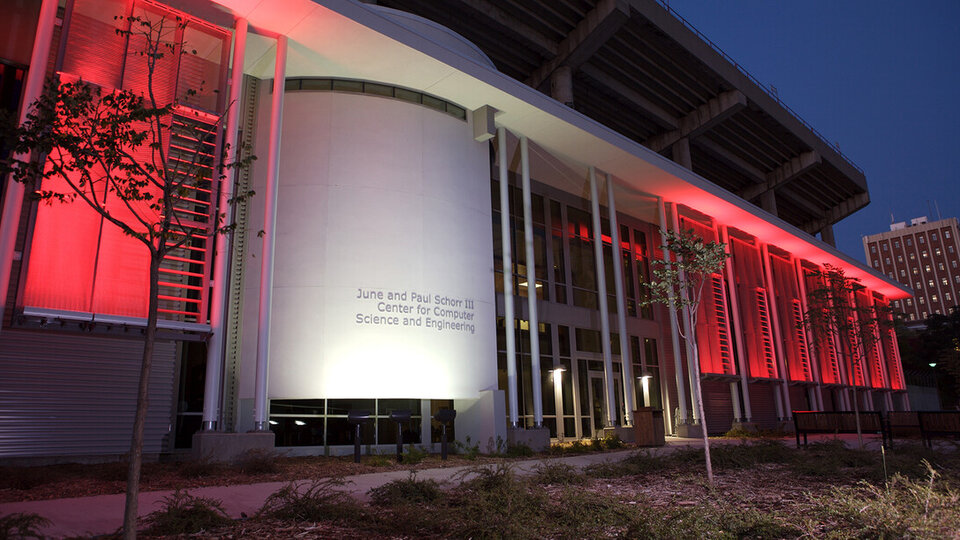2020-21 Project Portfolio
The Senior Design Capstone provides an opportunity for industry and academic sponsors to engage and utilize the minds of some of the brightest students on campus. Read more about what the students are working on in the 2020-21 academic year.
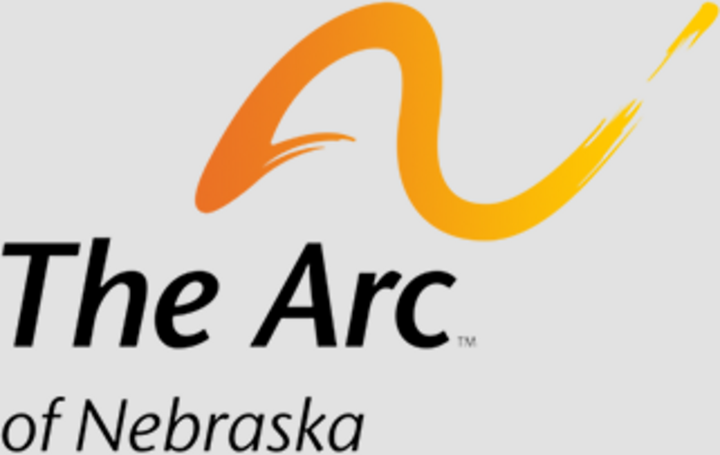
Arc of Nebraska
ARC ADVOCATES PROGRAM APP
Project Type: Mobile App
Develop a mobile application to support the new Arc Advocates Program, a group of strong statewide grassroots advocates that help families and people with intellectual and developmental disabilities. the mobile app will support the program's goal of formalizing, tracking, and identifying issues and streamlining the process of attracting and developing new volunteer advocates to help families on the ground.
Program goals:
- Deploy a statewide network of advocates to help people with disabilities
- Support advocates currently in the field with a formalized support network
- Track volunteers to more effectively track and fill systematic holes
- Delegate workloads to more volunteers
- Increase volunteer and community engagement with programs
In addition to the mobile app, Arc of Nebraska envisions the development of a resource library, a reporting form that integrates with Nationbuilder (CRM), a video chat room, and an education component that will include video classes and quizzes.
Technologies used:
- React Native
- iOS and Android
- Agora: Reat API that allows for embedded video chatting
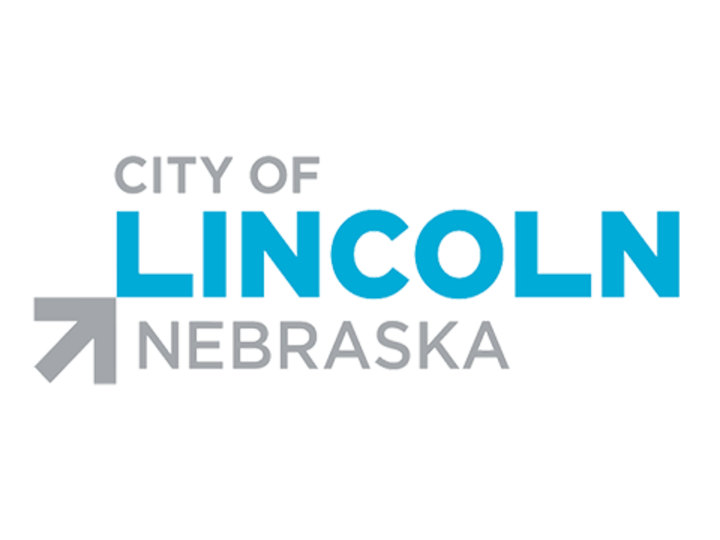
City of Lincoln and Lancaster county
JOB INJURY OR ILLNESS REPORTING
Project Type: Web Development
Develop a responsive web application that allows employees to report job injuries and illnesses from various devices and screen sizes. The app will allow employees or their managers to submit or alter the injury and illness entries.The project team will also develop a workflow to support the City's Risk Team in their process of reviewing and approving all injury and illness submissions. Once approved, the system will transfer the data to the current claims system. The City of Lincoln and Lancaster County are two separate agencies that will both be using this system. The system should have appropriate permissions to allow visibility into the user agency's data only, preventing employees from the other agency from seeing potentially sensitive and personal information. When completed, the system should work within the City and County internal intranet environment.
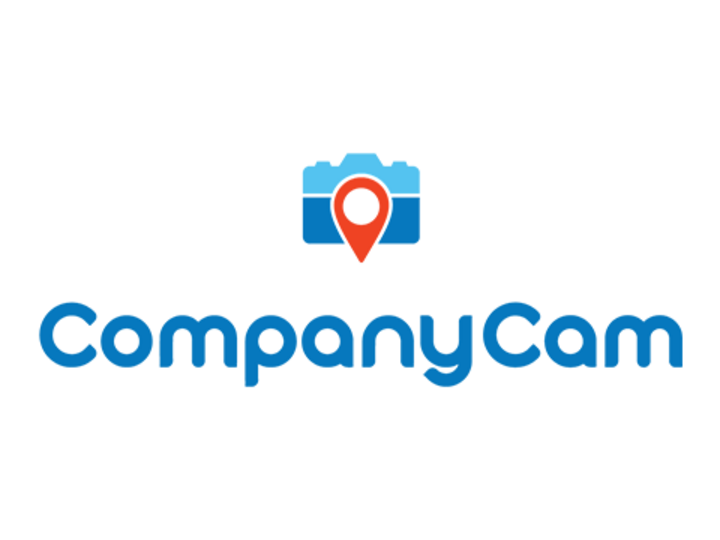
Company Cam
INTELLIGENT PHOTO MANAGEMENT
Project Type: Machine Learning
Augment an existing mobile application with Machine Learning capabilities to identify the content in photographs, as well as using image metadata to group photos by their location and timestamp. The project team will also develop functionality in the mobile app that will interface with with a virtual assistant to navigate using voice commands.
The final solution might include:
- An API endpoint that can analyze the contents of a photo, likely using an Amazon Web Services (AWS) S3 URL, and return some tags identifying what is in the image.
- An API endpoint that takes photo metadata, such as the Global Positioning System (GPS) coordinates or timestamps, and returns a suggested clustering of images into projects.
- A React Native component in the mobile app that interfaces with SiriKit or Google Assistant to navigate according to a variety of voice commands.
- A system workflow that makes it easy to iterate, experiment, collaborate, and deploy new versions.
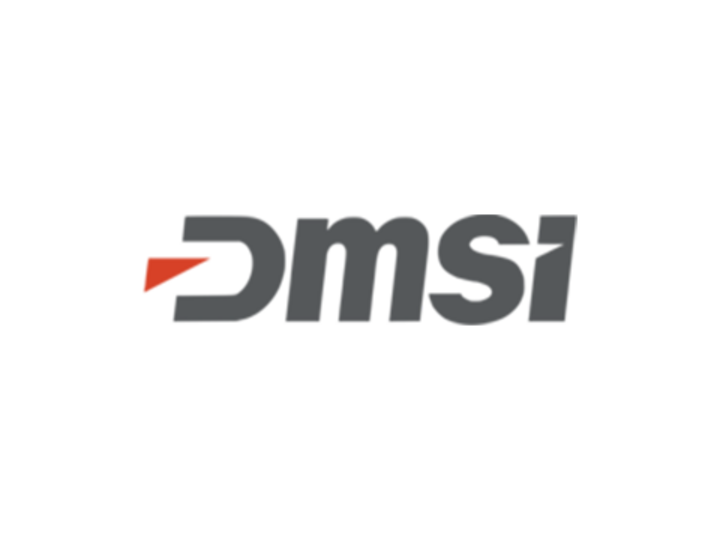
DMSi
MODERNIZE STRATIFICATION & OPTIMIZATION APPLICATIONS
Project Type: Web Development
The DMSi Senior Design project will build upon last year's work, in which the team migrated complicated maintenance spreadsheets to a web application. This year, the project aims to transform the customer and item stratification as well as pricing optimization processes to a modern web application. Today's process is very manual, and the vast majority of the work and logic exist in a series of Excel spreadsheets. Additionally, the integration with Agility, the DMSi ERP system, is very light. Both of these cause a less than desirable user experience and ultimately discourage some customers from engaging in the consulting process, which results in lost revenue. Putting a modern touch on these processes will enable better customer service and expand the pipeline. Ultimately, the more our customers DMSi can get through the process, the better, not only for DMSi but for the customers. These processes help customers focus their effort on their core customers and items, maximizing their profit by assisting them in understanding better where they should be sacrificing margin and where they should be increasing it. DMSi is an independently owned business, privately held, and completely dedicated to the lumber and building materials industry. DMSi uses decades of experience to build solutions that help customers better serve their customers. DMSi is technology-driven, passionate about service, and excited about the future of their industry. DMSi started operating in 1976, with operations in Omaha, Nebraska. The company's focus has always been writing software for distribution companies to make them more efficient. DMSi's focus quickly narrowed from the entire distribution vertical to customers in the building materials industry.
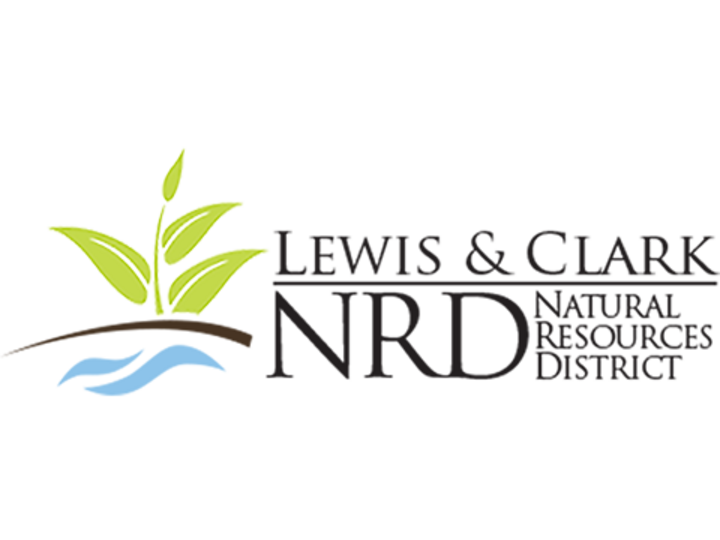
Lewis & Clark NRD
CERTIFIED IRRIGATED ACRE DATA STORAGE
Project Type: Data Analytics/GIS
Develop a groundwater irrigation management database that ties to ArcGIS maps to display all of the irrigated acres in the district. The initial process and database development will generate certification letters, maps, and data collection products directed to landowners/tenants of property (parcels) reported as irrigated or where known unreported irrigation use occurs. The purpose is to identify the acres irrigated and the wells used to irrigate those acres. This process should capture the related information about those acres in ArcGIS and create a complete map layer of irrigated acres connected to the certification database. Additional functionality will include sophisticated aquifer tracking, follow-up certification letters, and database and GIS maintenance functionality as new irrigation and wells get added in the districts.
Technologies used:
- ArcGIS
- SQL Server
- Microsoft Azure
- Excel files
- Access database
- Geospatial databases
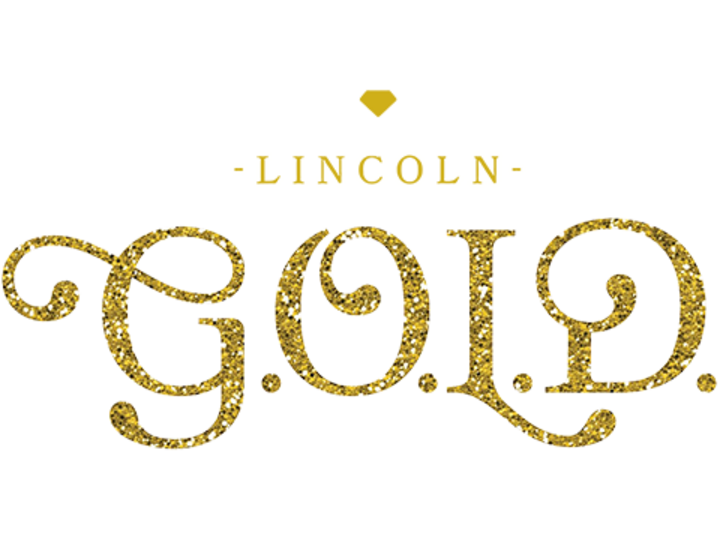
Lincoln girls Organization for Leadership and Development
SCHEDULING APP
Project Type: Web
Develop a replacement website and a new mobile app for the Lincoln Girls Organization for Leadership and Development (G.O.L.D.). The website will be a marketing tool to attract potential donors and a recruitment tool for the organization's mentorship program. Push notifications and a member portal will also be a part of the website's functionality. A mobile app will include membership scheduling and organization content. The development team will have a creative license as the sponsors solicit consultation on both the website and app features and functionality.
Technologies used:
- MySQL
- React
- Flutter
- Xcode
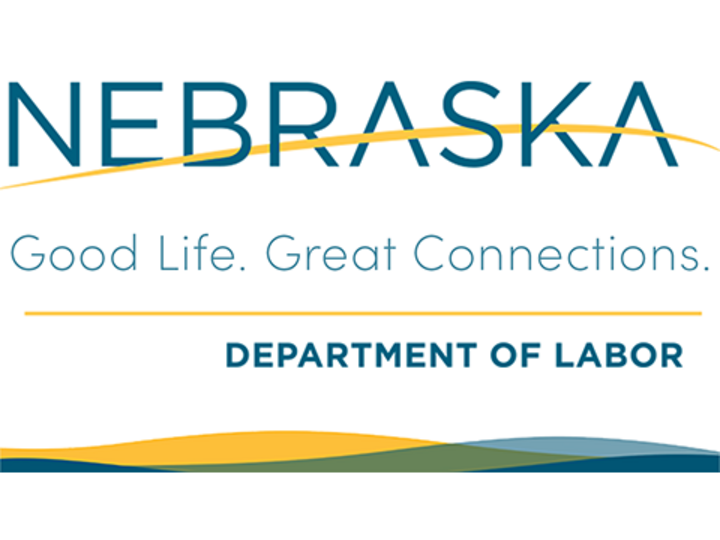
Nebraska Department of Labor
LABOR MARKET MACHINE LEARNING
Project Type: Machine Learning
Enhance the existing state of Nebraska labor market system with machine learning to convert employer-provided job titles into standardized job titles. Nebraska employers provide quarterly information about each of over 90,000 state employees. The material in this report includes an industry code and a job title for each employee. There is no standardization across the job titles. The goal of the project is to be able to implement an easy-to-use algorithm in standardizing the labor market data to allow an economic analysis of the quarterly labor data. This system will be installed on the Bureau of Business Research systems.
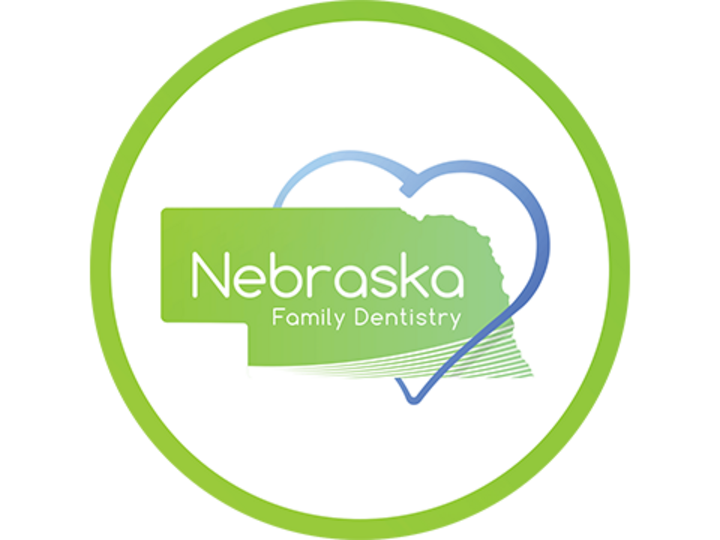
Nebraska Family Dentistry
SCHEDASSIST
Project Type: Web
Develop a web page and mobile app to allow dental patients to schedule their appointments at their convenience any hour of the day. Also, the application should have an intuitive user experience for new and existing patients and allow for the scheduling of appointments with multiple choices of locations, providers, and procedures. The app will suggest alternative dentists or times if their original dentist is not available at the desired time.
Technologies to be used are:
- Flutter
- Dart
- Amazon Web Services
- React (JavaScript)
- MySQL

Nebraska Sports Council
FUNDRAISING ANALYTICS
Project Type: Data Analytics
Use data analytics to merge, combine, and analyze 35 years worth of data from multiple registration software systems, spreadsheets, and text files. The data from all of these sources will be merged and analyzed in an iterative approach. First, understanding the data that is available and definable, such as accurately identified fields. Next, consolidate and analyze the data from all sources, and create new fields. A short-term goal of the system is to understand and measure the highest donors' traits, which will help establish a strategy in seeking out new future donors. A longer-term goal is to increase participation and donations by continued data analytics and review of the new targeted marketing efforts.
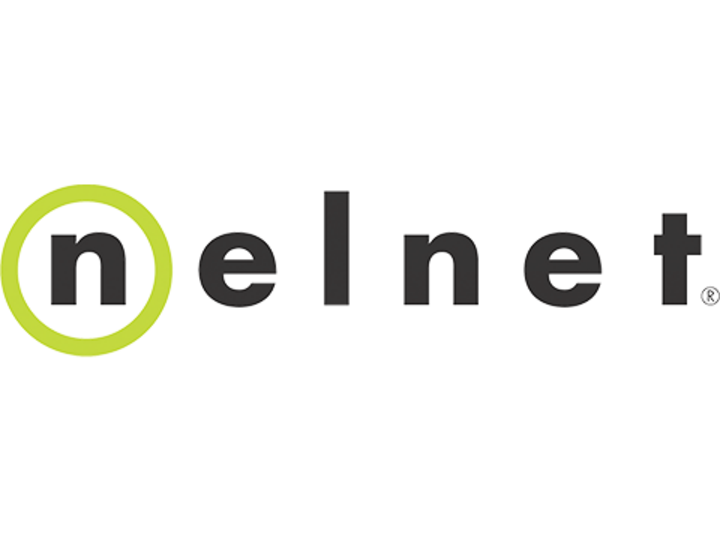
Nelnet
CENTRALIZED LENDER REQUIREMENTS
Project Type: Web Development
Consumer Loan lender program requirements are currently stored in various locations using various tools, with no single source of truth that the servicing teams can rely on. There are now at least six different sources that are being used today for lender program requirements. By creating a centralized knowledge base for program and lender requirements, it provides any associate with accurate, up-to-date, and complete information. The Business Initiative will improve customer experience, improve quality (we will be working from a confident set of lender program requirements), reduce rework from an incorrect application of lender rules, mitigate findings, and reduce the amount of time that teams maintain several different sources of information going forward. The new information source should also improve call center agent experience and help the customer experience because lender program requirements are better presented to the users.
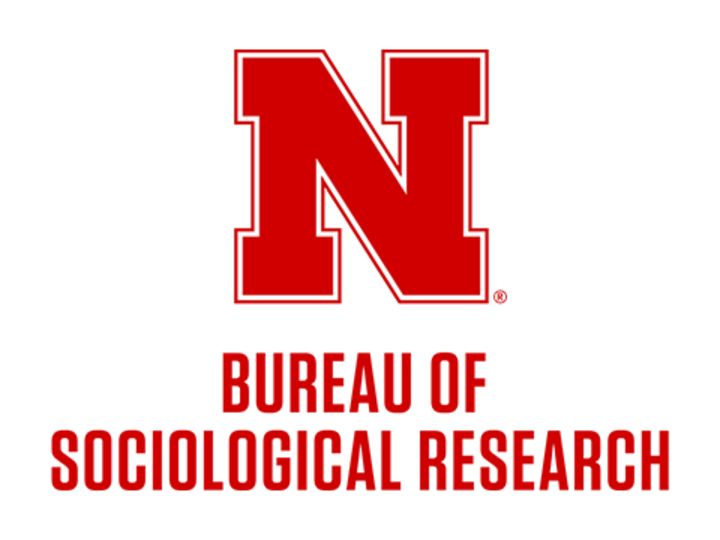
UNL Bereau of Sociological Research
SURVEY ENTRY PROGRAM
Project Type: Web Development
Develop a research-based survey data entry system with double-blind entry and validation of the data. The system will be secure and customizable and allow for large text box entry that may include special characters. Data will be able to be exported to an SPSS Statistics Data File Format (.sav). The Bureau of Sociological Research (BOSR) provides research assistance to a wide variety of clients through multiple modes, with paper surveys being especially pertinent. Part of the paper survey process requires staff to manually enter data using an outdated data entry program (from 1990 or earlier) called EpiInfo. Unfortunately, this is the sole data entry program on the market that allows double-blind entry and verification. There are many issues with the EpiInfo system, limitations on the length of text variables, and the ability to customize. The goal of the Survey Entry Program is to facilitate the design, entry, and verification of paper surveys through an updated user experience. The new program is meant to replace the outdated EpiInfo software. The new software should be easy to use that allows for recording and verification of paper surveys.
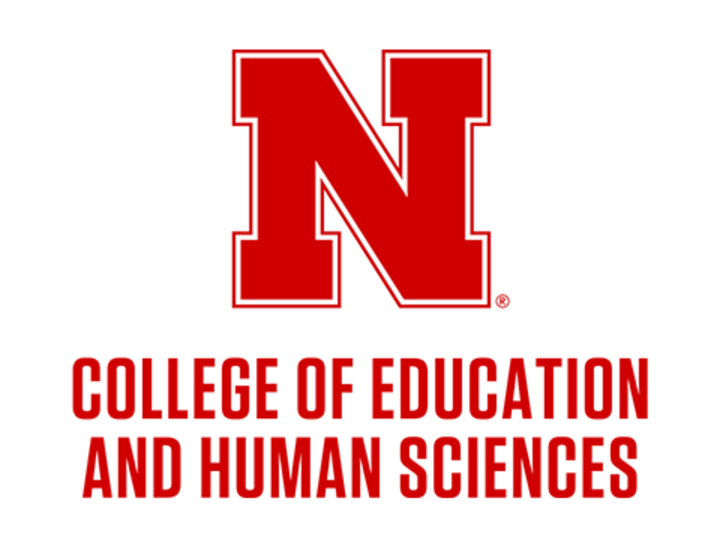
UNL Concussion and Vestibular Evaluation Lab
HUSKER CONCUSSION REHAB
Project Type: Web Development
Project Background: Vestibular, visual, and balance symptoms are noted in 75% of children and adults after a sports-related concussion (SRC) and usually protracts recovery for return to play and learn. Therefore, immediate and effective vestibular-visual rehabilitation is needed and has shown benefit in student athletes. The premise of vestibular-visual therapy is to incrementally increase the student athlete’s ability to move his/her head, maintain steady balance, and/or maintain stable vision on a target of choice, without provoking the following: 1) unbearable symptoms of nausea, imbalance, or dizziness, and 2) slowing of head and balance movement to avoid falling or visual blurring. In traditional vestibular-visual therapy the student athlete would work with a trained audiologist or physical therapist who would note how well he/she could tolerate movements. Once an athlete can do a series of vestibular and visual tasks with quick head speed, normal balance control, and without symptoms, they are declared ready to return to learn and play.
The Problem: Unfortunately, it is more common for student athletes to not receive rehabilitation due to limited access to a service provider and feasibility (i.e., limited services in rural areas like Nebraska). Additionally, in collegiate and youth student athletes, traditional vestibular-visual rehabilitation is often not tailored for their highly dynamic athletic needs or interests. This often then deters student athletes from seeking or being compliant with the care they need. Therefore, our intention with this project is to develop a mobile vestibular-visual rehabilitation/training program, geared for young patient populations after a concussion.
Project Objectives:
- Development: Our vision for the program is that it would be made available via an online application that one could download on to a smart tablet or iPad for the student athlete and an athletic trainer to access on UNL campus or at-home. Remotely, Dr. Rodriguez or someone like her, would be able to monitor progress of each student athlete within the mobile application and make modifications as needed that could be alerted to the student-athlete and athletic trainer (Concussion and Vestibular Evaluation Lab, or the CAVE lab). We use series of gold-standard vestibular and visual exercises that we give to student athletes after a concussion. We foresee that we can use these same exercises in this application (see exercise handout at the end of this document). Those will include:
- Symptom rating prior to the training starting and in between sets of exercises
- Postural sway Exercises (e.g., standing balance or in a tandem stance)
- Gaze Stabilization Exercises (e.g., how well can one see a letter while moving his/her head up/down or right/left)
- Ocular Motor Exercises (e.g., moving the eyes to follow a moving dot while head is still)
- Visual Processing Exercises (e.g., processing shapes and having to make a cognitive choice to select a shape).
- Validation and Verification:Aside from its development, we also aim to validate the program’s effectiveness against traditional in-person clinician driven vestibular-visual therapy using a randomized controlled research design. Measurable outcomes of prognosis and performance (e.g., timeliness of return to play, symptom load, postural control) will be measured to determine efficacy of this novel therapeutic approach. To the best of our knowledge, no such concept exists at the youth or collegiate level for concussion. The concept of this project stemmed from more of an immediate need in our laboratory to clinically serve over 30 sport’s related concussions in a span of 3 months, and assessing the disparities in the available resources to (staff and time) needed to treat these athletes in an efficient and more effective manner.
Technologies used:
- React Native
- Node.js
- TypeScript
- iOS
- Android
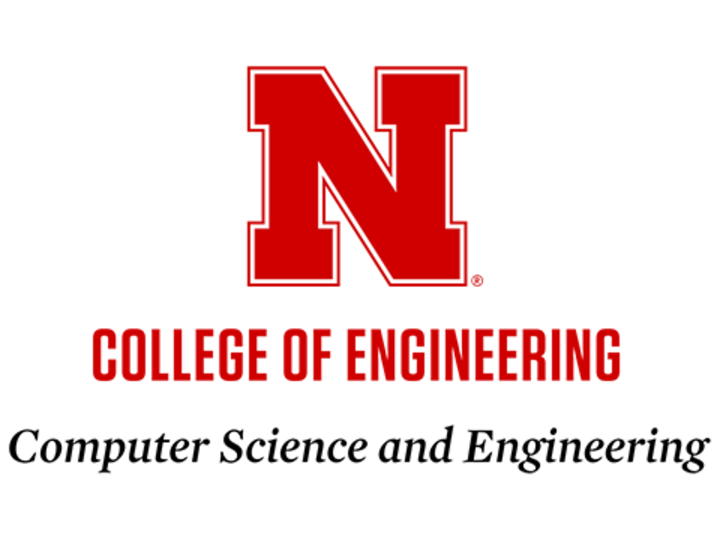
UNL CSE Bolman-Weiss
DISASTER RELIEF AND COORDINATION APP
Project Type: Mobile App
Build a web site application that helps cities and towns during natural disasters and other catastrophic events. The application will help coordinate goods and supplies, volunteer aid, monetary aid, and effective communication of accurate information to the community.

UNL CSE Cui
AI-BASED FOOD IMAGE PROCESSING
Project Type: Mobile App
Obesity and metabolic comorbidities (e.g. type 2 diabetes) have become a major public health crisis internationally that affects all ages. In the U.S., 34.9% (78.6 millions) of adults and 17% of youth are obese; and the prevalence is continuously increasing during the past decades. One evidence-based behavioral strategy for weight control is self-monitoring of dietary habits and physical activity. While there exist many commercially successful wearable devices that enable automated physical activity sensing (e.g. Fitbit), dietary monitoring remains a labor-intensive and hard-to sustain process. However, manual techniques for keeping meal log suffer from drawbacks such as underreporting and low adherence. Our vision is that a user-friendly smartphone-based system can provide continuous automated diet assessment and monitoring. The envisioned system interacts with users to recognize and assess food intake based on the smartphone-captured context and integrates exercising data to automatically identify improper eating habits and unhealthy food consumption, and deliver just in-time intervention to persuade users to take corrective action through leveraging digital social media. The goal of this project is thus to make scientific advances on algorithm development for accurate food recognition and on system engineering to build a user-friendly prototype that is practical to deploy.

UNL CSE Pierobon
WETSPACE
Project Type: Web Development
The goal of the WetSpaceSenior Design project (A Cybernetic Platform for Wet Information Systems Space Analysis) is to pioneer the systematic design and engineering of a completely novel technology based on functional devices where electronics directly interfaces with biological processes. Ever since the discovery of the DeoxyriboNucleic Acid (DNA) as the genetic material, it is widely understood that information is at the basis of living organisms. Even the most simple and fundamental organisms, the biological cells, not only store, express, and propagate their genetic content to their offspring, but also incessantly receive and process information from the external environment and modify their behavior accordingly. Unfortunately, our mechanistic understanding of biological processes, including those strictly related to information, is still limited, among others, by i) the complexity of their mathematical models, which result as stochastic non-linear systems exhibiting extensive parallelism, redundancy, and feedback, ii) experimental constraints, such as high cost, and low precision of current measurement technologies, and iii) context dependency, which hinders the generalization of theories and results. With reference to the concept of information system, as a composition of different parts that processes and interprets information, we (Dr. Pierobon and the UNL MBiTe Lab) propose the novel concept of wet information system to identify a novel paradigm to characterize, model, and eventually engineer information encoding and processing in biology, where the term “wet” stands as “biological, related to life”, as in the common term “wetware”.
This senior design project will build on top of an already developed software platform (WetCoDe) to tackle a completely novel challenge: Estimate the information potential of a biological system, either natural or engineered (i) without intractable models and (ii) independently from the experimental context, by leveraging novel publicly available simulation platforms (<a href="https://www.kbase.us" target="blank_">KBase</a>), and experimental research in synthetic biology, which are both core expertise of Dr. Pierobon’s collaborators, as sketched in Figure 1. At the same time, the transdisciplinary strategy of the proposed work leverages Dr. Pierobon’s expertise in molecular communication theory applied to biological systems. In particular, the team will utilize the basic simulation framework included in the current version of the WetCoDe software platform and expand it with novel and more technologically advanced technologies, ranging from the simulation of cellular growth and differentiation, to the virtual recreation of cellular metabolic processes, everything under the unifying paradigm of information flow. This will offer an opportunity for the senior design students in the team to start from an already developed platform Figure 1: The conceptual idea of the WetSpace Project and focus on including the more advanced topics of the research developed by Dr. Pierobon and the MBiTe Lab.
Probably a first for a CSE Senior Design, the team will also connect with the Kutak Center for the Teaching and Study of Applied Ethics at the UNL College of Law, to design, test, and analyze models that integrate the developed technology into solutions with impact to everyday life such as fighting diseases, reducing greenhouse gasses in the atmosphere, cleaning our lakes, rivers, and oceans.

UNL CSE Revesz
ADIA SYSTEM
Project Type: Web Development
One of the biggest puzzles in linguistics is the Linear A script, which is one of the earliest writing systems in the world along with Egyptian Hieroglyphs and Sumerian cuneiforms. Linear A script was the main script of the Minoan culture that existed about 4000 years ago in present day Greece, most significantly the island of Crete, and western Turkey. Linear A was known from archaeological excavations since 1900 but was undeciphered for over a century by scholars, whose decipherment attempts relied on the assumption that Minoan was either an Indo-European or a Semitic language. Finally, in 2017, Prof. Revesz at the University of Nebraska-Lincoln was able to solve this outstanding puzzle and give a decipherment of Linear A with a translation of twenty-two inscriptions. The translations show that Minoan is a member of the Ugric branch of the Finno-Ugric languages. Read <a href="https://en.wikipedia.org/wiki/Linear_A" target="_blank">this article</a> for more background on the Linear A script. The goal of this project is to develop an online digital database system of ancient inscriptions in Linear A and Cretan Hieroglyphs, Linear A's close relative script also from the island of Crete. The AIDA system will help not only the retrieval of the ancient inscriptions but also their statistical and grammatical analysis. In turn, the set of analysis tools will help in the translation of further inscriptions.

UNL CSE Samal-Koopmann
LEARNING ASSISTANT MANAGEMENT SYSTEM
Project Type: Web Development
Management of many individuals is a difficult problem. The Learning Assistant Program has roughly 40-50 people that it must manage for several courses. This management involves recruitment & hiring, retention, evaluation, status tracking and disciplinary policy violation tracking. In particular, automation of this management has become necessary due to scale and expansion. The goal of this project is to develop an appointment request system for students, an on-demand appointment management system, hiring management system, and an evaluation system for Learning Assistant and administrative use.

UNL CSE Scott
DYNAMIC SOIL PROPERTIES
Project Type: Web Development/Data Analytics
The USDA and UNL's Department of Computer Science & Engineering (CSE) are building a decision support system that mines data from the primary literature on human management effects on dynamic soil properties (DSPs) such as soil organic carbon (SOC). Healthy soils function to cycle and retain nutrients, provide physical stability, partition water, provide habitat for soil organisms and produce plants. When managed properly, well-functioning soils perform ecosystem services, such as acting as a sink for greenhouse gases and filtering and buffering wastes, which serve to keep our water and air clean and safe. Soils are our foundation resource. While USDA has a website with taxonomic information about soils, Web Soil Survey, there is no national scale website for soil properties that change with management, including climate change. This information is critical to land managers and policy makers, who want to conserve resources. This information will be used to train farmers and conservationists, to improve simulation modeling, to point out areas where more research is needed and to provide briefings and recommendations to congress regarding the conservation title of the farm bill. The proposed project involves developing a user interface able to deliver maps, graphs and tabular information about human effects on DSPs. The completed system will support graphical queries to remote and local databases, and maintain a local database, which will be populated via an automated knowledge extraction system under development.

UNL CSE Sharif
EYE TRACKING
Project Type: Web Development
The goal of the project is to enable technical interviewers to better understand the interviewee thought process while they are solving a software task (such as implementing a new feature or bug fix) given to them during an interview. The unique aspect here is to record gaze information from the interviewee while they are solving the task. The recorded information will then be analyzed and used to provide a report on the gaze focus and navigation strategies the interviewee followed to solve the task.

UNL CSE Soh-Samal
SURGE
Project Type: Web Development
Social Unrest Reconnaissance Gazetteer and Explorer (SURGE) is a project focused on the challenge of incorporating a wide variety of spatio-temporal, sociological and climatological data to develop models for anticipating social unrest events. Events such as protests, demonstrations, strikes, and riots that occur due to dissatisfaction of people towards a particular policy, idea, or movement are termed as social unrest events. These events are dynamic in nature and are thus difficult to model. This project combines Computer Science data-driven techniques and Social Science model-driven methodologies to model these dynamic events. Since the project leverages power of both computer science algorithms as well as social science theories, it has high opportunity of solving the challenge of integrating and fusing diverse data sources and developing effective models for anticipating social unrest events.
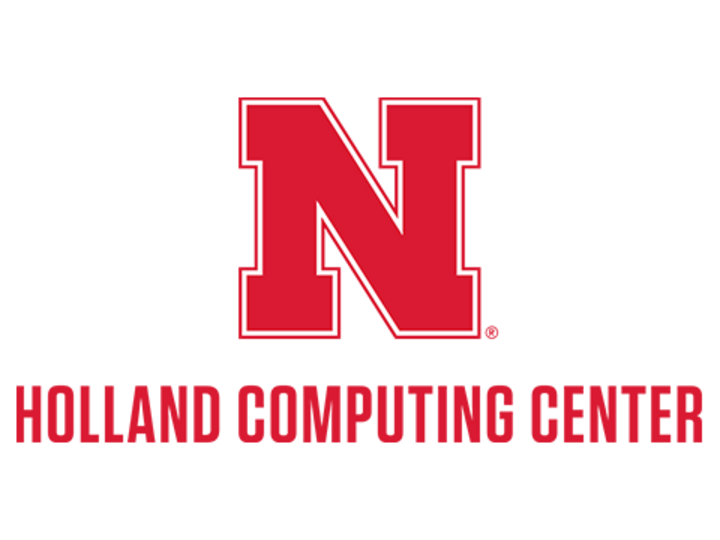
UNL Holland Computing Center
RN NANOSTRUCTURES SCIENCE GATEWAY
Project Type: Web Development/System Workflow
Biological nanotechnology promises to create custom nanomachines to revolutionize the engineering of materials, catalysts, biomedical diagnostics and therapeutics. Recent years have seen rapid progress in RNA nanotechnology, inspired by natural RNA machines that can sense molecules, carry out complex computations, and recruit proteins and other molecules. Although there have been significant advances in computer assisted tools to aid in the development of new RNA nanostructures and machines, these improvements have yet to reach the wider scientific community. We have recently developed the RNAMake software suite for the design and analysis of RNA 3D structure. RNAMake codifies and automates decades of learned rules of 3D design, removing the requirement for painstaking manual modeling and time-consuming selection experiments that previously hampered the generation of RNA nanostructures. While RNAMake is free to download for academic use, it involves a significant amount of command line knowledge to be effective. The need to download, install and work with RNAMake through the command line can pose a significant challenge to researchers interested in trying RNAMake’s design algorithms. As part of our initial publication of RNAMake, we put together a barebones <a href="http://rnamake.stanford.edu" target="_blank">web interface</a>; however, this is no longer functional, and only supported a limited set of possible applications of RNAMake. Furthermore, it only ran on a single AWS instance which permits short runs due to lack of computation.
This proposal seeks to develop, implement and deploy a comprehensive science gateway for the design and optimization of RNA nanostructures powered by RNAMake. This gateway will be composed of a set of discrete applications in RNA design that can be run on high performance computing centers. The ultimate goal is to build an infrastructure similar to the widely successful ROSIE server which is a central hub for protein design. Furthermore the aim is to disseminate this server the Nucleic Acid Research special edition on servers later this year.
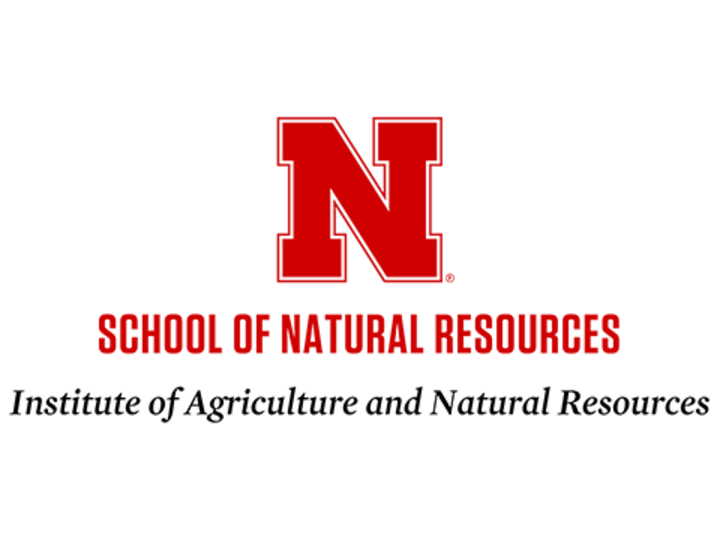
UNL School of Natural Resources Fish & Wildlife
REMOTE CREEL DATA ENTRY
Project Type: Data Analytics
Since 2009, the Nebraska Game and Parks Commission has funded studies on angler behavior throughout the great state of Nebraska. Primary components of these studies are creel surveys, which quantify time spent fishing (i.e., pressure) and catch and harvest on a waterbody-year spatiotemporal scale information that is important to the Nebraska Game and Parks Commission in efforts to provide quality fishing opportunities through science-based management. In support of these creel surveys, a database-and-analysis system was created with the data housed in a Microsoft SQL server. Initial data-entry tools for the system include a Microsoft Access frontend that allows double-entry of data originally gathered on field data sheets and a verification procedure to reconcile the double entries. This project aims to replace that frontend for security upgrades, allow for field-based entry of data and efficient double-entry of data.

UNL School of Natural Resources Water Quality
STREAMNET
Project Type: Web Development
Nebraska is an agricultural state rich with water resources. Unfortunately, fertilizer used to promote agricultural yields has increased nutrients in those waters. While the resultant increases in nitrates are recognized, nitrogen is not the only nutrient in fertilizer. Fertilizer also contains phosphorus. When nitrogen and phosphorus accumulate in water, they stimulate the growth of algae and cyanobacteria. This growth can turn waters pea-soup green, conditions that are unattractive for recreation, at best, or toxic to animals and humans, at worst. Hence, understanding how, when, and where nutrients enter streams and lakes is critical to successfully managing Nebraska’s surface waters. To meet this challenge, we are building "StreamNet," a novel network of high-frequency aquatic nutrient sensors with an easily accessible web application. We will pilot StreamNet in the Scottsbluff/Terrytown/Gering region, where we can place sensors in streams flowing through cropped, ranched, and urban areas. Further, we will work with regional stakeholders to iteratively design the web application. By combining innovative sensing technology with a user-driven web application, our work will provide novel information on nutrient conditions in Nebraska lakes and streams, lead to improved nutrient management techniques, and provide up-to-date information for residents and landowners to involve them in surface quality management. Ultimately, our goal is to provide a user-friendly tool and information that can lead to improved water quality in our state.
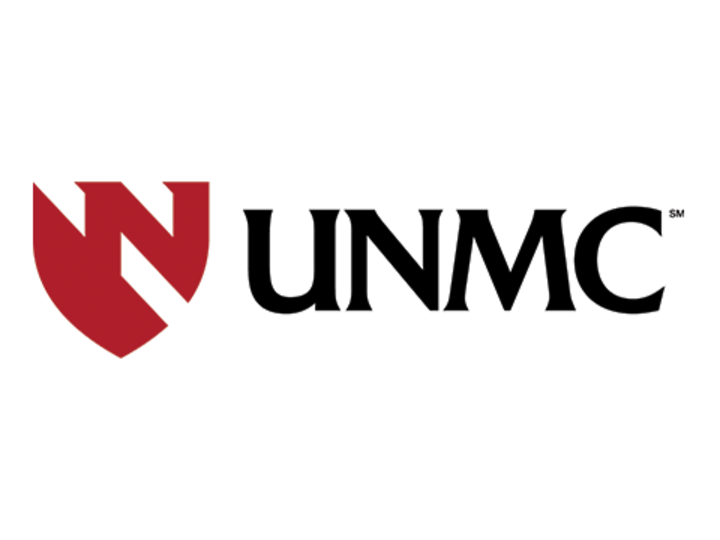
UNMC College of Nursing
AGRICULTURE SAFETY & HEALTH VR - ESCAPE VR
Project Type: Virtual Reality
Pitch Video (Ag Safety & Health VR)
The purpose of this project is to develop an Immersive Virtual Reality (IVR) experience related to Agricultural health and safety. We will utilize the IVR game/experience in our nursing student curriculum and expand its usage to the community at agricultural events. We want to capture the young future farmers and well as the established experienced farmer and their family. We will examine the impact of including/expanding agricultural health and safety curriculum in the UNMC College of Nursing on the practice, attitude and behaviors of student nurses. We would like the IVR to be an engaging game that will include the risks and hazards of an agricultural setting and the actions to take to prevent these hazards.
ESCAPE VR
Our team of educators is interested in the development of a virtual reality/escape room (VR/ESCAPE) experience based on the knowledge of a nursing student’s sepsis management. We will be evaluating the nursing students' engagement, teamwork, competency, clinical judgment, and practice impact based on the time-sensitive sepsis bundle content.
